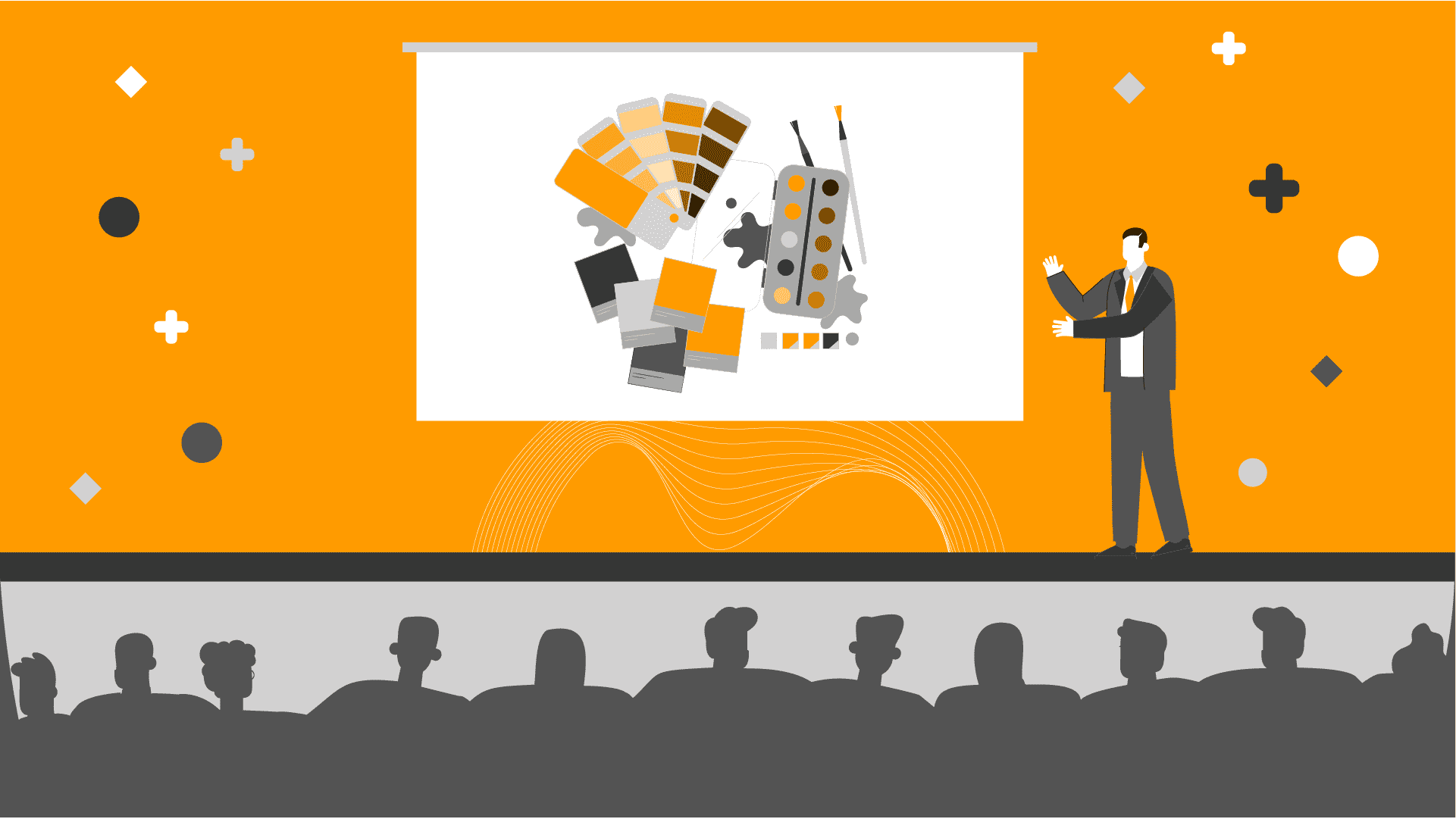5 Technologies That Lead The Future of the Presentation World and How To Use Them (With impressive videos)

Technological developments are changing the direction of the presentation world while internal and external corporate presentations increase their importance as an effective communication medium for companies.
Although methods such as storytelling, which are indispensable for traditional presentation, are very effective for sticking in the minds of the audience, the statistics show that these methods are also under the influence of digital transformation, and only 16.7% of the presentations include storytelling or a case study. Therefore, the technologies used play a decisive and important role in defining a successful presentation.
However, you need to be careful when including a technology in your presentation because the number and the usage area of the technologies that lead the future of the presentation world have increased considerably. To come out with a successful presentation, you should choose the right technology that will make an impact, taking into account your budget, content and audience, and use it correctly.
So, what should you pay attention to in order to choose the right technology and apply it in the best way? The first step is to get to know the alternatives. Making choices without knowing the options may mislead you. So let’s see what are the technologies you can use for your presentation and how you can use them.
Hologram
What is Hologram?
Hologram is a technology that creates three-dimensional images using light. Both the process itself and the final visual are called hologram. The hologram of an object or human can be made. The hologram offers extremely realistic and impressive visuals, especially when compared to two-dimensional images such as photography.
How to use Hologram in presentation?
Hologram technology enables you to show your product or design in 360 degrees on a vertical surface or a horizontal surface such as a stage, and visualise your presentation on the stage instead of the screen. Using this technology, which we don’t see very often in presentations, you have a high chance of creating a strong impact on the audience.
For the time being, the holographic representation of previously designed 3D objects is pretty common. In addition, the studies on the real-time hologram of objects located in a different location continue. Although the real-time hologram is technically feasible, more detailed work is needed to make it more impressive.
Augmented Reality (AR)
What is AR?
Have you ever heard of the game, Pokémon Go? In this game people were hunting Pokémon with the help of their smartphones wherever they are. This technology, which allows Pokémon to be seen, is called augmented reality (AR).
AR is a technology that brings digital objects to your physical space through technology. AR technology, which is currently available via tablets or phones, will soon be introduced through wearable devices and even contact lenses.
How to use AR in presentation?
Augmented reality enables active participation of your audience in presentations and 3D visualisation to make a difference. At a designated point, you can incorporate objects that cannot be realistically in physical space into your presentation experience, either through viewers’ phones or tablets and AR technology you provide. In this way, you will be able to explain your words more clearly and you will have an unforgettable presentation.
Virtual Reality (VR)
What is VR?
In its simplest definition, virtual reality is a computer-animated environment. It is used with a digital eyeglass that completely covers your eyes. Sometimes it comes with additional apparatus that allows detecting the movements of the ground and other controls. It provides highly realistic visual and auditory environments in which we interact. Senses such as smell and touch can accompany.
How to use VR in presentation?
Today, people do not want to be exposed to information overload, but to experience whatever the subject is. With VR technology, you can let the participants experience your products in a realistic way and invite them to an exciting interaction. Addressing to many senses, VR brings an impressive movement to your presentations by promising an unforgettable experience of your products and services.
Interactive Presentation Technologies
What is interactivity?
Today, different technologies allow interactive applications in which the audience plays an active role. Applications such as immersive experiences and interactive games are among the most common examples of interactivity. In addition, the use of touch screen or gesture to manage the presentation of the presenter is also common.
How to use interactive presentation technologies?
The interactivity that enables the audience to participate is used in ways that give them an authentic experience rather than transferring. One of the most important features of interactive presentations is that it provides an active role for the audience, not passive. In this respect, interactive presentations appear as a multi-dimensional environment beyond visuality.
Technically speaking, when you want to make an interactive presentation, you can use tech products such as touch screens, Leap Motion, RadarTOUCH and Myo Armband to manage the presentation without traditional remote controls. These products will give you independence on the stage and partially deliver the presentation flow to the audience and strengthen the experience.
Realtime Data Visualisation
What is realtime data visualisation?
While data is changing rapidly today, one of the most powerful ways to concretise the impact of this change is realtime data visualization. These visual expressions are generally informative and encouraging. They help to deepen meaning by adding a new dimension to the presentation when words are inadequate.
How to use realtime data visualization in presentation?
Realtime data visualization can be used as data flow transferred to presentation screen; and it can also be transformed into a more interactive model via a screen placed in the presentation space.
Final words
It wouldn’t be wrong to say that there is nothing left outside the scope of technology. As technology evolves, studies and opportunities in different fields change direction. Presentation technologies have joined this trend. Augmented reality, virtual reality and hologram technology that make visual richness possible make the presentation an impressive and memorable experience for the audience. This is exactly what the modern-time’s audience expects: experience, not exposure.
Presentations powered by technology help you keep the audience’s attention on you with unusual approaches and go beyond physical boundaries and make a difference on stage with rich content.




